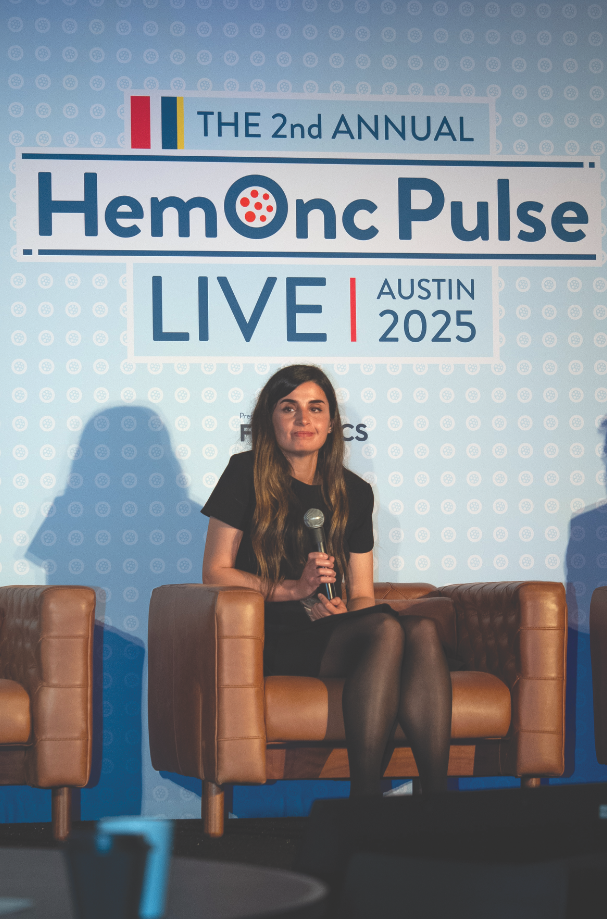
Nearly one-fifth of patients with higher-risk myelodysplastic syndromes (MDS) or acute myeloid leukemia (AML) did not receive an assessment for hematopoietic stem-cell transplantation (HSCT), according to a recent study.
Benjamin Tomlinson, MD, of the Seidman Cancer Center at Case Western Reserve University and colleagues conducted the study because HSCT is indicated for patients with higher-risk MDS or AML, but the “proportion of eligible patients referred for [HSCT] in routine clinical practice is largely unknown.”
They assessed “patterns of consideration” for HSCT and identified factors associated with transplant referral rates in 778 patients with higher-risk MDS or AML. All patients were enrolled in the Connect® Myeloid Disease Registry at 164 community-/government-based sites and academic-based sites between December 2013 and March 2020. The registry sites recorded if patients were considered for HSCT at baseline and at each follow-up visit.
Patients at community-/government-based sites (27.9%) were less likely to be “considered potentially eligible” for HSCT than patients at academic-based sites (43.9%; P<.0001), according to Dr. Tomlinson and colleagues. A multivariable logistic regression analysis with factors for age and comorbidity grade also showed patients at community-/government-based sites were significantly less likely to be considered for transplant than those at academic-based sites (odds ratio, 1.6; 95% CI, 1.1-2.4; P=.0155).
Of the patients who received care at community-/government-based sites, 50.1% were not considered potentially eligible for HSCT, while 45.5% of patients at academic-based sites were not considered potentially eligible.
At community-/government-based sites, age was the most common reason for patients not being considered potentially eligible (71.5%). At academic-based sites, comorbidities were the most common reason for patients not being considered potentially eligible (52.1%).
At community-/government-based sites, 20.7% of patients were not assessed for transplant by their treating physician, while 10.7% of patients were not assessed for transplant at academic-based sites (P=.0005). Across all sites, 17.4% of patients were not assessed for transplant.
“These findings suggest many patients with [higher-risk] MDS and AML who may be candidates for [HSCT] are not receiving assessment or consideration for transplant in clinical practice,” they wrote. “In addition, treatment at [community-/government-based] sites and age are still significant barriers to ensuring all potentially eligible patients are assessed for [HSCT.]”
Reference
Tomlinson B, de Lima M, Cogle CR, et al. Transplant referral patterns for patients with newly diagnosed higher-risk myelodysplastic syndromes and acute myeloid leukemia at academic and community sites in the Connect® Myeloid Disease Registry: potential barriers to care. Transplant Cell Ther. 2023. doi:10.1016/j.jtct.2023.04.011






 © 2025 Mashup Media, LLC, a Formedics Property. All Rights Reserved.
© 2025 Mashup Media, LLC, a Formedics Property. All Rights Reserved.